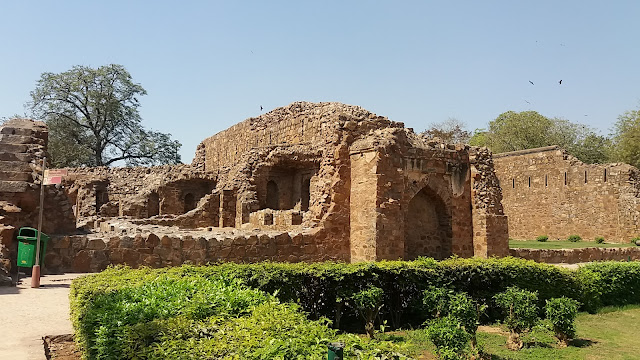Just before upcoming assembly elections, Karnataka State Govt has declared Lingayat community a separate religion, i.e. separate from Hinduism. This is done so that the community can enjoy the "benefits" of being a "minority" religion. As Lingayats will enjoy better privileges when they become religious minorities, they will definitely like to thank the political party which granted them this "favor" (Congress) and what is better way to thank a party than to "vote for them". So, it all comes down to "votes".
Reports tell that even some from the Lingayat community wanted a separate minority religion status, so as to enjoy the benefits which come with such a status.
The first thing that surprises me is - world over it is assumed that people want to be associated with a "majority" group. It gives them a psychological edge by association with a large, majoritarian and hence powerful group. People do not want to be in "minority" as there is an associated "weakness" associated with it. So, why should this peculiar looking case where a group or community would want to be called minority?
First, it is because the "place" matters. It might be true universally that being a minority is disadvantageous; e.g. in Islamic countries or Christian majority countries; but in case of India which is dominated by Hindus who are known to be most religiously tolerant and passive towards other religions, the "rules of the game" must be different. This demand for becoming 'minority' establishes without doubt that there is so much religious freedom in India that minorities are not only safe, confident and expansive; but the balance is tilted so much in their favor that more and more communities want to become minorities! This is a proud testimony for Hinduism. If you are a Hindu, you should be proud of what you stand for. But at the same time, an internal check is required. India is a secular country where people from all religions should be able to enjoy religious freedom. But at the same time, no religion or group of religions should be given so much privilege that people from other religions are "lured" into that particular religion. This, unfortunately is happening for the "minority religions" as a whole. Laws need to be reviewed, government policies need to be reviewed and some undue advantages given to the minority (read non-Hindu) religions should be clamped down. There should not be any controversy around it; but this should be done to withhold the true spirits of our constitution. Our constitution was not supposed to be biased in favor of minorities; since such a policy would be unfair towards Hindus.
Secondly, Hinduism as an umbrella religion is an inclusive and flexible one which grants lots of freedom to individuals, groups, sects and castes. They can practice the religion in their own ways until it confirms to a very broad set of moral guidelines and still be called Hindus. There is no clear cut definition of Hindus and no single ritualistic process like Baptism for anyone to become a Hindu. In this manner, Hinduism is even sometimes called "not a religion". As I see it, this is the highest level any religion can achieve. When the boundaries are so subtle, rules are so not known, no one forces you to do or not to do something, and you still are a "Hindu". What a higher evolutionary level this represents! This is epitome and other world religions should learn from its example. But this special feature does not mean that our governments can take Hinduism for granted and declare each distinct sect or caste as a separate religion. That will be exploiting the religion and abusing the constitutional rights governments enjoy. In this regard, I would like our Central government to stop Karnataka state government's decision, no matter what means are needed. Any state government which has taken such a blatant decision cannot be qualified enough to remain in power. The state government should be sacked for taking this blatant decision which is expected to be an example for others who have something like this in their mind.
IT veteran T. V. Mohandas Pai has condemned Karnataka government's decision and said, "A very communal decision by the ‘Secular’ Congress govt. Big Shame; is this what Congress politics is all about? Breaking up the Hindu community because they are peaceful and quiet? This will consolidate Hindu votes against Congress."
In my view, this should not be left for the voters to decide. Law should prevent this. Karnataka state government must pay for what it has done blatantly against Hinduism.
Disclaimer: Views are personal.









































































